Content
E-commerce Inventory Management: Everything You Need to Know

Time to read: 15 minutes
E-commerce inventory management is one of the most important aspects of running a successful online business. If you're not properly managing your inventory, it can lead to a whole host of problems, including lost sales, frustrated customers, and even legal issues.
That's why we've put together this comprehensive guide to e-commerce inventory management. We'll cover everything you need to know, from the basics of inventory management to more advanced topics like using artificial intelligence to streamline your operations.
By the end of this guide, you'll have a solid understanding of how to effectively manage your inventory and keep your business running smoothly. Let's get started!
What is Inventory Management?
Inventory management is the process of tracking and managing the stock of goods or materials used in a business. It includes activities such as ordering, receiving, storing, and shipping inventory.
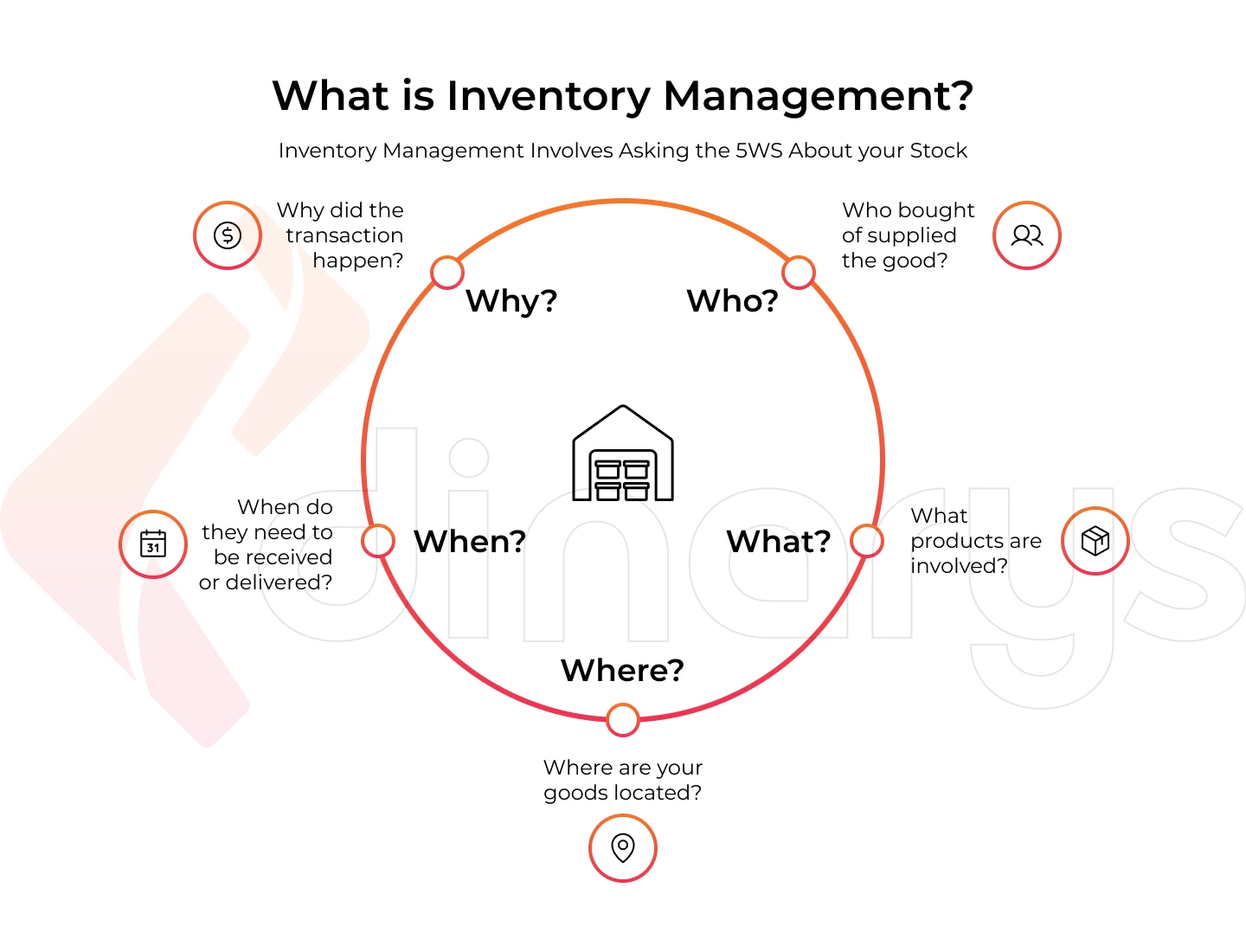
Inventory management is a critical part of any business that deals with physical products, but it's especially important for e-commerce businesses. That's because online businesses have to manage inventory across multiple channels (e.g., their website, Amazon, eBay, etc.), and they often have to deal with various SKUs (stock-keeping units).
E-commerce inventory management software development can be a complex and daunting task, but it's essential for the success of your business. By properly managing your inventory, you can avoid lost sales, frustrated customers, and many other problems.
Lets talk about itHave a project in mind?
Features of Inventory Management
An inventory management system is a tool that helps businesses keep track of their stock levels, orders, and sales. It can also help to automate and streamline these processes, making it easier and more efficient for businesses to manage their inventory.
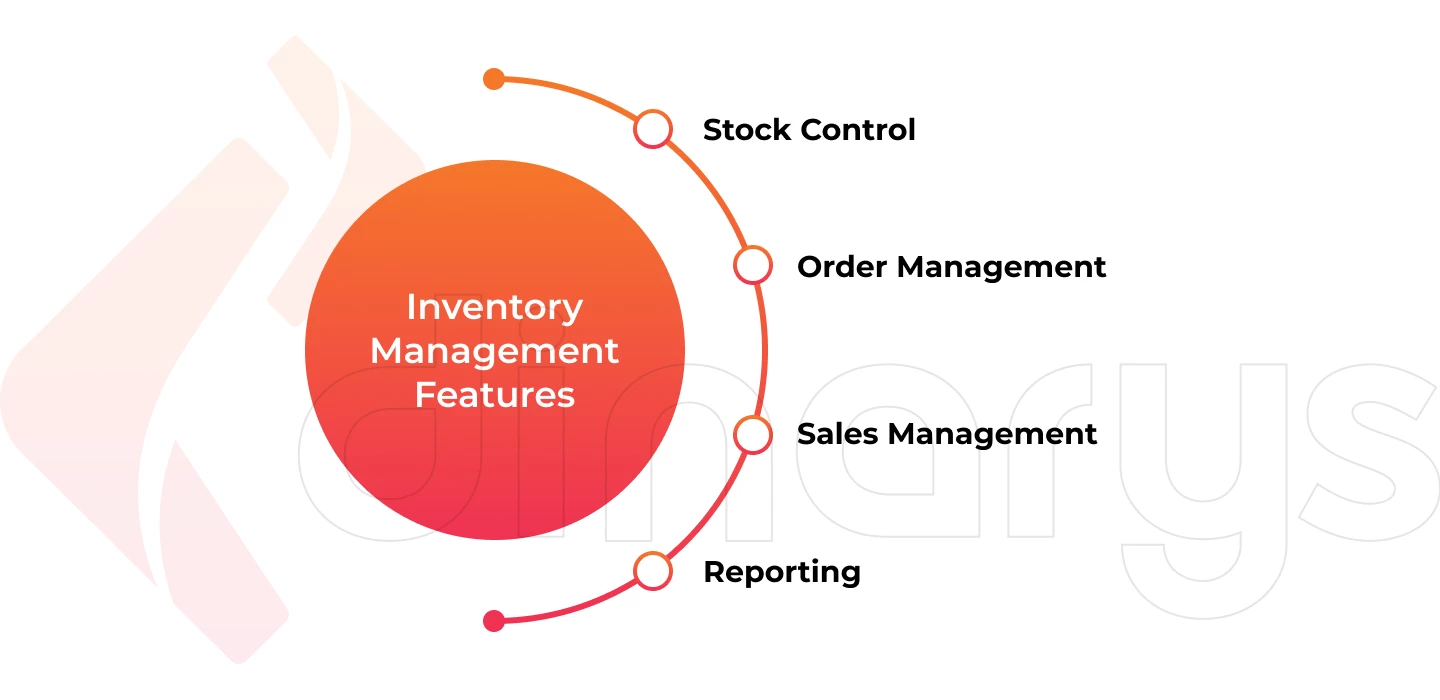
There are many different features that an online store inventory management system can offer, but some of the most common and useful ones include
Stock Control
This is perhaps the most important function of an inventory management system. It allows businesses to keep track of their stock levels, so they can order more when necessary and avoid over-ordering.
Order Management
An online store inventory management system can also help businesses to manage their orders more effectively. It can provide businesses with a view of all their outstanding orders, so that they can prioritize and manage them more effectively.
Sales Management
Another useful feature of an inventory management system for e-commerce is sales management. This allows businesses to track their sales, so that they can see which products are selling well and which ones need more promotion.
Reporting
An inventory management system can also provide businesses with valuable reports. These reports can show businesses how their stock levels are changing, what orders are being placed, and how sales are performing. This information can be used to decide stock levels, ordering, and promotions.
The features of an inventory management system will vary depending on the specific software you choose. However, these are some of the most common and useful features that you should look for.
When choosing an inventory management system for e-commerce, it is important to consider your specific needs. Not all businesses will need all of the available features, so it is important to choose a system that has the features that you need.
It is also important to consider the ease of use of the system. Some systems can be very complex, so choosing one that is easy to use and understand is important.
Lets talk about itHave a project in mind?
E-commerce Inventory Management Strategies
There are a number of different inventory management strategies that businesses can use, but not all of them will be right for every business. The best inventory management strategy for your business will depend on several factors, including the size of your inventory, the products you sell, and your sales volume. The most important thing is to find a strategy that works for you and your business.
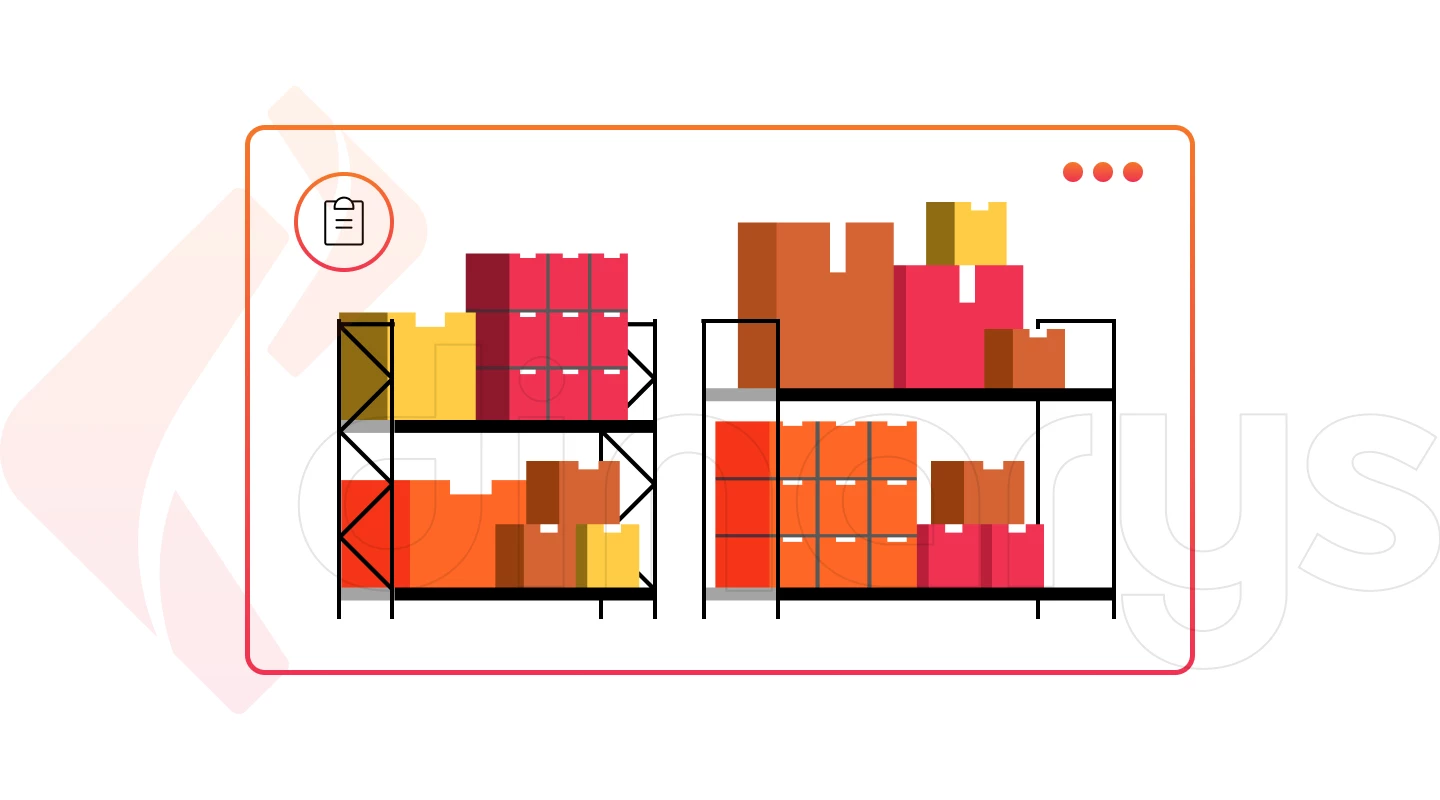
Inventory audit
An inventory audit is a physical count of your inventory. This is an important first step in inventory management, because you need to know exactly how much inventory you have on hand. An inventory audit can be done manually or with the help of inventory software.
Inventory turnover
Inventory turnover is a measure of how often your inventory is sold. A high inventory turnover rate means that your inventory is selling quickly. This is a good thing, because it means you're not tying up too much money in inventory. A low inventory turnover rate could mean that you're not selling enough inventory or that you're carrying too much inventory.
Just-in-time inventory
Just-in-time inventory is an inventory management strategy where inventory is only ordered and produced as needed. This can help to reduce inventory costs because you're not paying to store inventory that you're not using. Just-in-time inventory can be difficult to manage, because you need to have a good forecast of future sales.
Inventory control
Inventory control is the process of managing inventory levels. This can include setting minimum and maximum inventory levels, and reordering inventory when levels get low. Inventory control can help to reduce inventory costs by ensuring that you don't have too much or too little inventory on hand.
Cycle counting
Cycle counting is an inventory management strategy where inventory is counted on a regular basis. This can help to ensure accuracy in inventory levels, and can help to identify inventory problems early. Cycle counting can be time-consuming, but it can be worth it to maintain accurate inventory levels.
FIFO and LIFO
FIFO and LIFO are inventory valuation methods. FIFO means that inventory is valued at the price of the most recent inventory purchase. LIFO means that inventory is valued at the price of the oldest inventory purchase. These methods can affect your inventory costs, so it's important to choose the right method for your business.
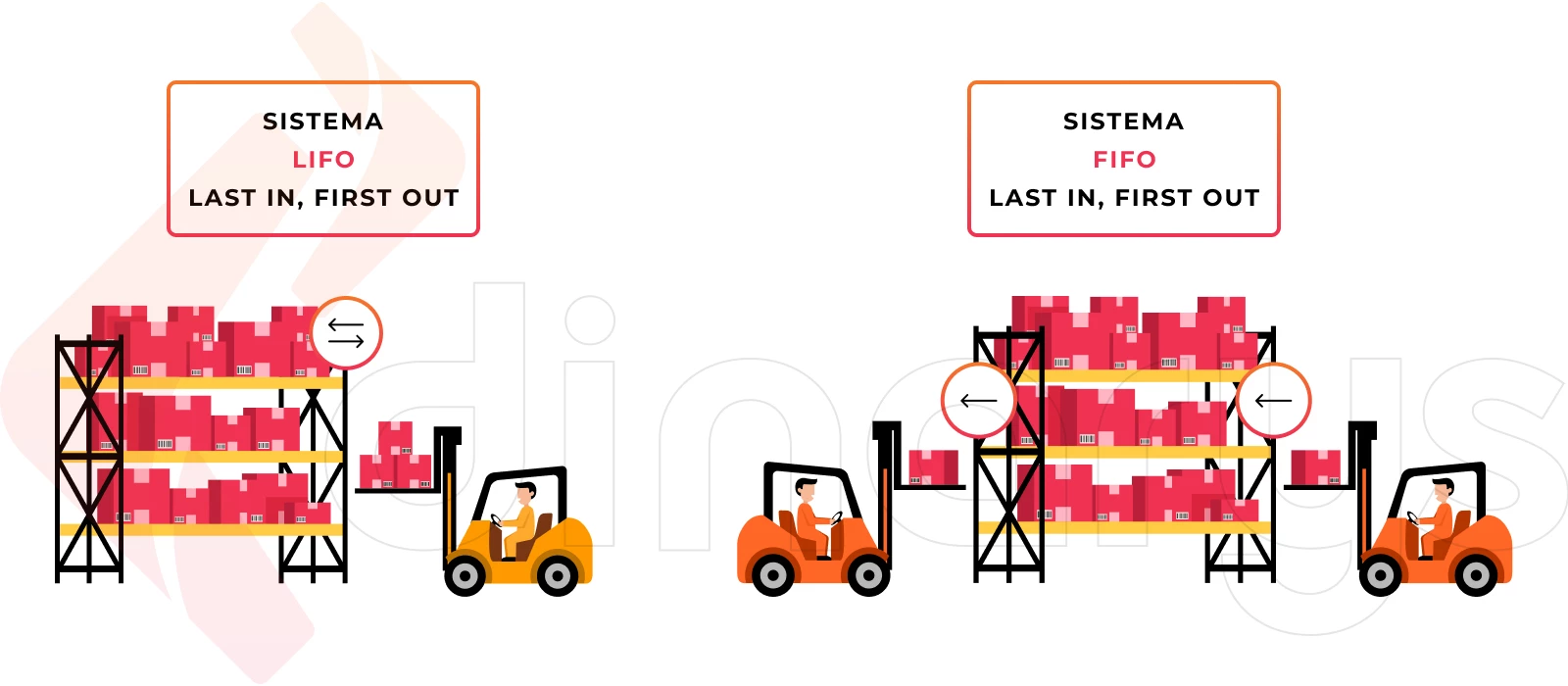
ABC analysis
ABC analysis is an inventory management strategy where inventory is classified into three categories:
- A items are the most important and are given the most attention,
- B items are less important,
- C items are the least important.
This strategy can help to ensure that inventory is managed effectively because it allows you to focus on the most important inventory items.
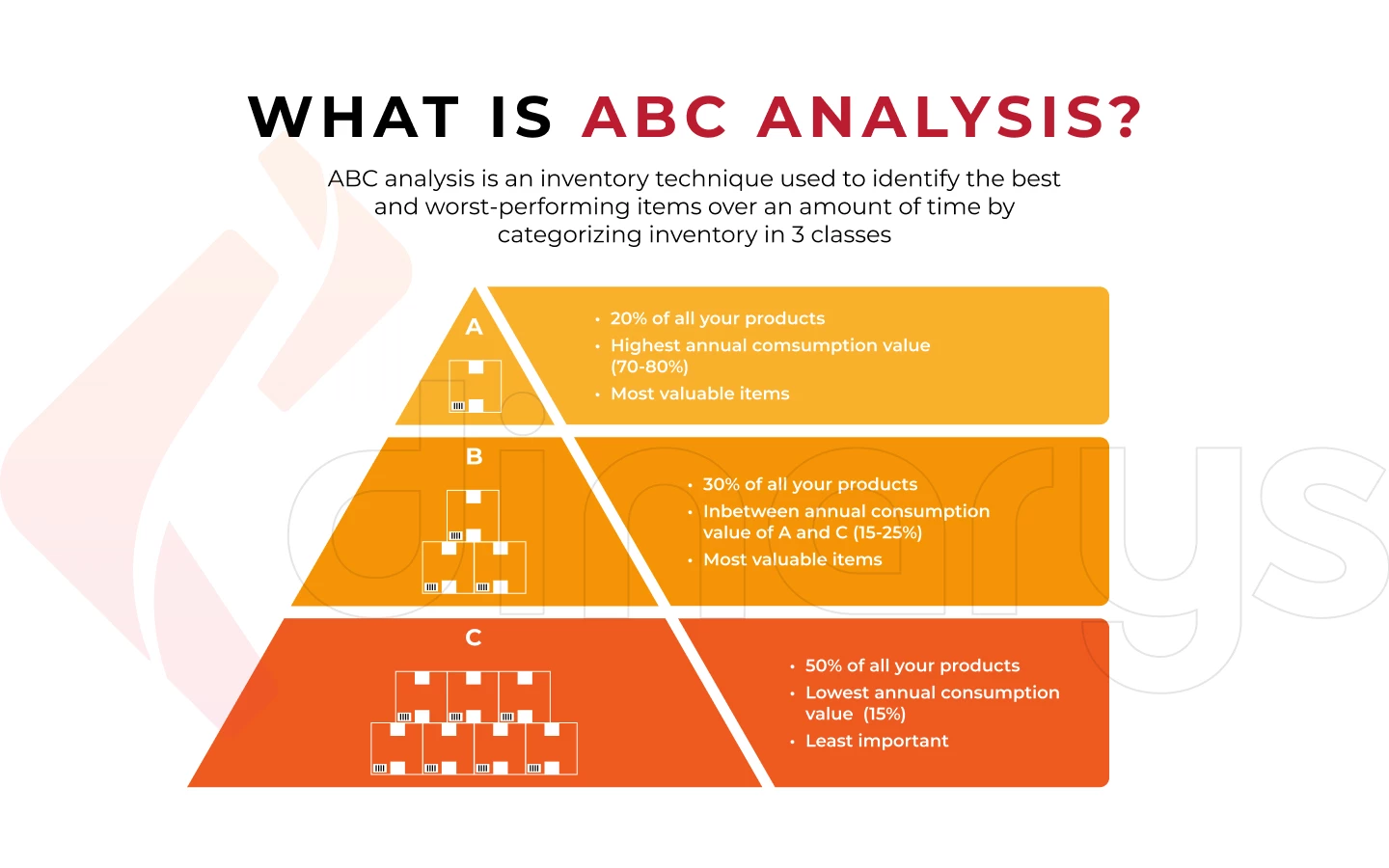
Just in case inventory
Just in case, inventory is inventory that is kept on hand in case it is needed. This can help to ensure that you have the inventory you need when you need it. Just in case inventory can be costly, because you're paying to store inventory that you may not use.
Lets talk about itHave a project in mind?
E-commerce Inventory Management Best Practices
E-commerce inventory management can be a challenge for even the most experienced online retailers. With so many products available and a constantly changing inventory, it's important to have a system in place that can help you keep track of your inventory and ensure that you always have the products your customers want in stock.
There are a few key things to keep in mind when it comes to e-commerce inventory management:
Always know what products you have in stock
This seems like a no-brainer, but it's important to have a system in place that can help you track your inventory levels at all times.
Keep an eye on popular products and make sure you have enough inventory to meet the demand
With online sales, it's especially important to keep an eye on inventory levels for products that are in high demand.
Use a cloud-based inventory management system
Cloud-based inventory management for e-commerce can help you stay organized and keep track of your inventory from any device, anywhere in the world.
Read also in our blog: How to Ensure Cloud Scalability.
Keep your inventory up-to-date.
As your inventory changes, update your inventory management system accordingly. This will help you avoid oversold products and out-of-stock items.
Use barcodes or QR codes to track inventory
Barcodes and QR codes are a great way to keep track of inventory levels for individual products.
Following these best practices can streamline your e-commerce inventory management process and keep your business running smoothly.
Final Word
Inventory management for e-commerce is a vital part of running a successful online business. An inventory management system can help you keep track of your stock, manage orders, and fulfill customer needs more efficiently.
Dinarys inventory management software services can help you streamline these processes and provide you with the tools you need to run your business smoothly. Dinarys inventory management software is the best solution for any size of business and online store. Our software is designed to help you save time and money while keeping your inventory organized and under control. Contact us today to learn more about our inventory management services and how we can help you grow your business.
Let professionals meet your challenge
Our certified specialists will find the most optimal solution for your business.



